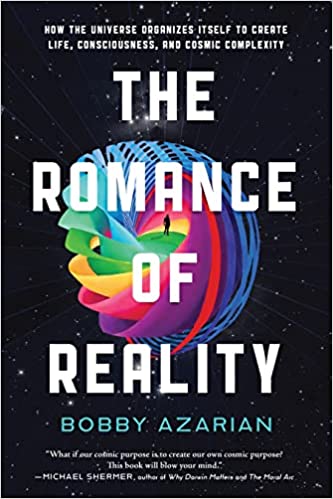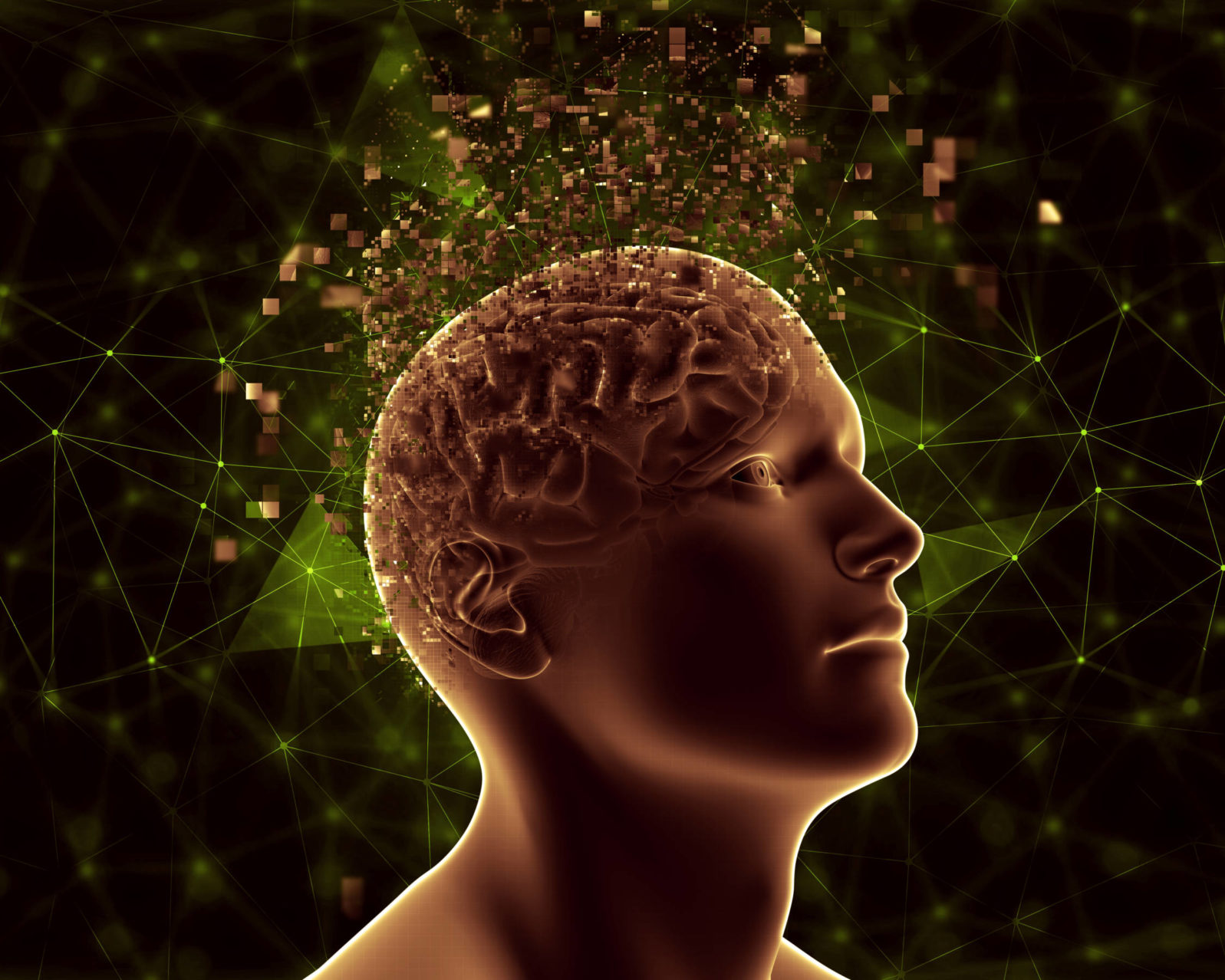Neuroscientist: The Mind Is More Than a Machine — or Is It?
Bobby Azarian hopes that self-organization theory can account for consciousness and possibly enable sentient, conscious computers
Cognitive neuroscientist Bobby Azarian, author of The Romance of Reality: How the Universe Organizes Itself to Create Life, Consciousness, and Cosmic Complexity (2022), offers a self-organization theory approach to the reality of the mind:
Most neuroscientists believe that consciousness arises when harmonized global activity emerges from the coordinated interactions of billions of neurons. This is because the synchronized firing of brain cells integrates information from multiple processing streams into a unified field of experience. This global activity is made possible by loops in the form of feedback. When feedback is present in a system, it means there is some form of self-reference at work, and in nervous systems, it can be a sign of self-modeling. Feedback loops running from one brain region to another integrate information and bind features into a cohesive perceptual landscape.
When does the light of subjective experience go out? When the feedback loops cease, because it is these loops that harmonize neural activity and bring about the global integration of information. When feedback is disrupted, the brain still keeps on ticking, functioning physiologically and controlling involuntary functions, but consciousness dissolves. The mental model is still embedded in the brain’s architecture, but the observer fades as the self-referential process of real-time self-modeling ceases to produce a “self.”
Bobby Azarian, “The Mind Is More Than A Machine” at Noema (June 9, 2022)
One difficulty that arises is that many human beings produce a “self” with split brains, a brain missing key components, or only half a brain, (or maybe less). That’s real but not consistent with the materialist model that Azarian outlines.
He goes on to say,
Could self-reference be the missing puzzle piece that allows for truly intelligent AIs, and maybe even someday sentient machines? Only time will tell, but Simon DeDeo, a complexity scientist at Carnegie Mellon University and the Santa Fe Institute, seems to think so: “Great progress in physics came from taking relativity seriously. We ought to expect something similar here: Success in the project of general artificial intelligence may require we take seriously the relativity implied by self-reference.”
Bobby Azarian, “The Mind Is More Than A Machine” at Noema (June 9, 2022)
But wait. What’s this about “self”-reference? Machines, as we know them, don’t have a self. And, given that it is not at all clear that the human sense of self is simply a function of the brain’s activities, we may be getting a bit ahead of ourselves if we assume that we can give a machine a sense of self.
Self-organization theory may be more consistent with panpsychism (consciousness is a feature of the universe in which everything or every living thing participates) than with materialism or chaos theory. At least then we need not try to defend the reality of the mind while explaining it away.
You may also wish to read: The brain does not create the mind; it constrains it. Near-death experiences in which people report seeing things that are later verified give some sense of how the mind works in relation to the brain. A cynical neurosurgeon colleague told Michael Egnor that he could not account for how a child patient’s NDE account described the operation accurately.
